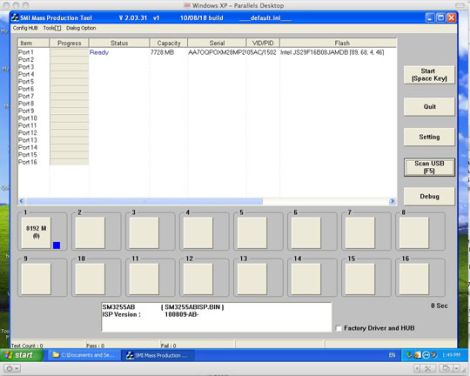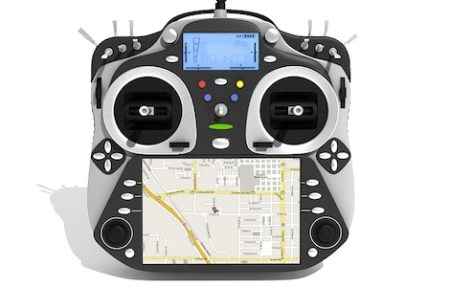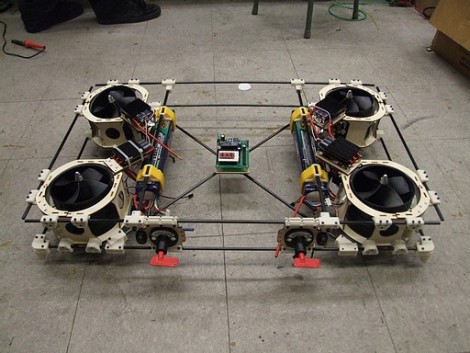
Like any other organization out there, we’re always trying to find new ways to reach our audience. Admittedly, we’re not the fastest when it comes to adopting a new social communication site. We’re working on it though, trying to be a bit more interactive … or just plain active.
So, if you’re looking for other ways to get your hacking fix, or see some interesting commentary, find us on facebook, twitter, our own forums, and now G+. We just signed up to G+ and our name is “Hackie Smith”. If you need an invite, email us at theofficialhackaday@gmail.com see below. Sometimes there’s good discussion in those places that doesn’t end up here on the site.
You can also find several of us spattered across the web in sites like Reddit and Slashdot.
[Update: Our g+ page got shut down. Feel free to find any of the writers on g+. I’ll give out invites, look for “Caleb Kraft” or 60mango@gmail]
















